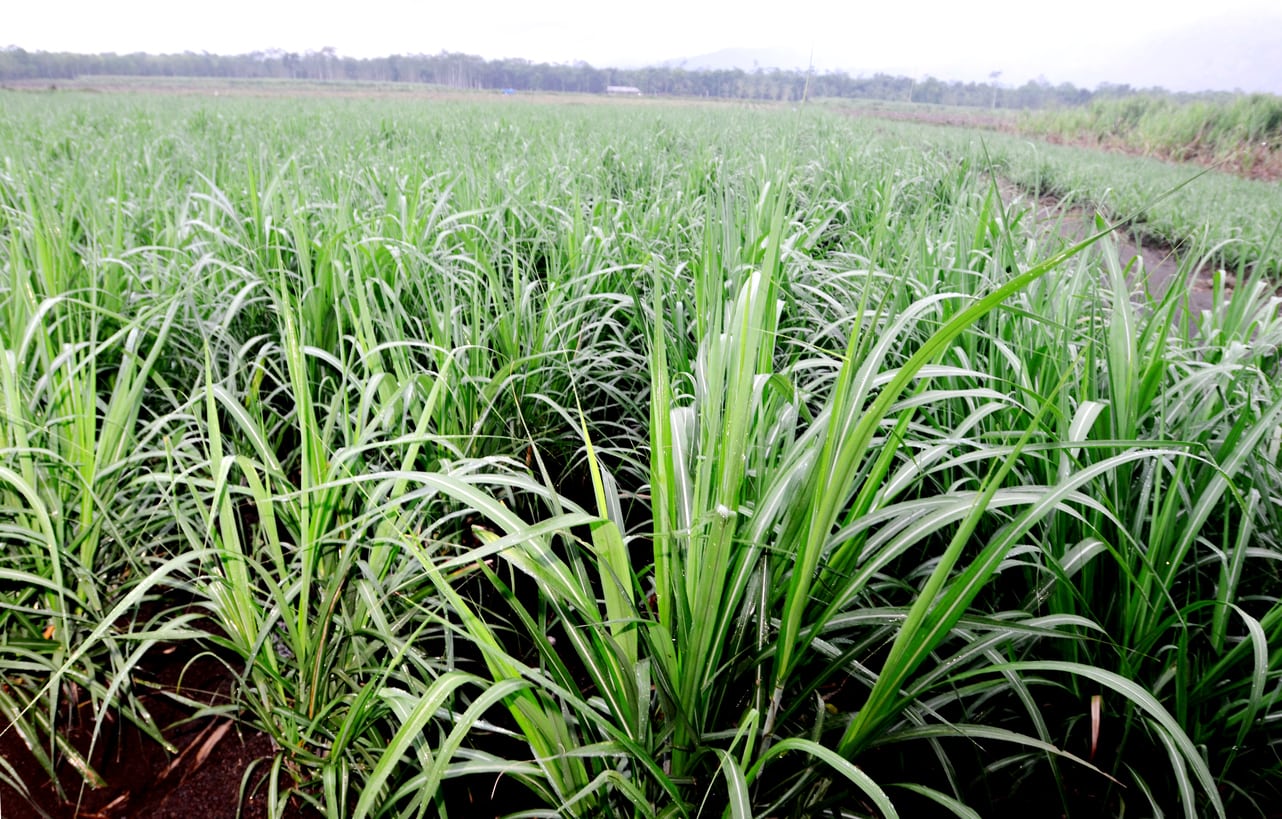Propagating A Sugarcane – How To Propagate Sugarcane Plants


Heat-loving sugarcane plant propagation is done through vegetative breeding. This important economic crop does not reproduce easily with seed, and harvest time would take far too long if grown with that method. Growing new sugarcanes rapidly through seed canes is the preferred method. Knowing how to propagate sugarcane relies upon not only the canes selected but temperature, site selection and water.
Sugarcane Propagation Methods
Sugarcane is a true grass and can grow up to 12 feet in height (3.6 m.) tall. It is a perennial plant and is harvested every 12 months. Sugarcane needs plenty of heat, water and fertilizer and grows rapidly. Canes are peeled for use and are a supply of one of the most sought-after sugar sources. Sugarcane plant propagation requires warm temperatures of 78 to 91 degrees Fahrenheit (26 to 33 C.). While seed is not a popular commercial way of propagating sugarcane, it is relatively easy, and harvesting can occur in less than a year. Seed is one way of propagating a sugarcane variety, but the pros use cuttings or setts.
Propagating a Sugarcane with Seed
Hundreds of these tiny seeds form on the grasses' plumes. Seeds are readily available online and seem to only require a long warm growing season, water and sunshine. However, the variety is not protected in production from seed, so if you want a specific kind, cuttings are the way to go.
How to Propagate Sugarcane Cuttings
Each cutting or sett comes from a mature stock of this perennial plant and should be the length of your elbow to fingers and contain at least six "eyes" or growth points. The canes selected for growing new sugarcanes must be healthy and disease free. A few days before taking the setts, remove the top of the stem to remove the apical dominance and improve sprouting. The cuttings are either planted in soil or may be rooted in water. Whichever of the sugarcane propagation methods you choose, select a large planting space in full sun and work the soil deeply to accommodate the extensive root system. Sugarcane plant propagation through setts needs a special planting method. Once the bed is prepared, you can plant setts one of two ways. The first is to set the cutting vertically in soil buried 2/3 of the length. The other is to plant them horizontally, lightly covered with soil. You will probably observe sprouts in one to three weeks. Alternatively, you can place cuttings in water. Rooting will occur in up to two weeks, and then the rooted sett should be planted vertically in soil. Hill soil up around the new shoots to encourage more shoot emergence. Keep the bed free of weeds and water once per week or enough to keep soil moist but not soggy. Harvest by cutting mature canes off close to the ground.
Sign up for the Gardening Know How newsletter today and receive a free copy of our e-book "How to Grow Delicious Tomatoes".

Bonnie Grant is a professional landscaper with a Certification in Urban Gardening. She has been gardening and writing for 15 years. A former professional chef, she has a passion for edible landscaping.